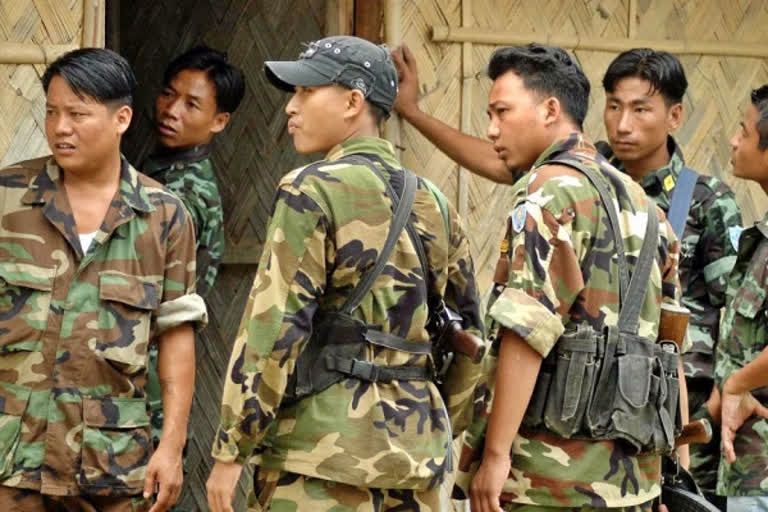Dinjan, Laipuli, Digboi (Upper Assam): Like the unchanging ubiquitous humid air of the region, the air of suspicion and uncertainty still hangs around like a heavy wet blanket in the Upper Assam insurgency hub of Dibrugarh and Tinsukia. Yet certain things have changed from the times when insurgency peaked in the state in the 1990s.
What has changed is the easy confidence with which counter-insurgency personnel from the Indian Army and the paramilitary Assam Rifles move around and interact with locals who have borne the brunt of insurgency and became unwilling victims. This was not possible some years ago.
A Lull
Based on empirical research and evidence, scholars believe insurgency has an average lifespan of 60 years. While the Naga underground movement—that began in the 1950s and 1960s—has exceeded the average, whether the Assam insurgency—ULFA was formed in 1979—gets to live it out is a question worth pondering.
While internal divisions and dissensions have wracked the ULFA, the Paresh Baruah-led faction is plagued by lack of resources. The Arabindo Rajkhowa faction of the ULFA is pursuing talks with the government even as Baruah leads a few hundreds of armed fighters from jungle camps inside Myanmar bordering India.
The Naga insurgency, led by the dominant NSCN factions, is clearly on the backfoot in the backdrop of protracted negotiations with the government that has continued for the last 25 years.
The apparent lack of insurgent activity has given rise to a period of lull that may be deceptive, but there are indications it may be not.
Said Brigadier Kirpal Gill, leading the 73 Mountain Brigade headquartered in Laipuli: “Insurgency has waned and the counter to it has also changed. It is a whole-of-the-nation approach now. Now the battle is for the mind-space.”
Brigadier Gill listed three main reasons why we think ULFA insurgency is petering out: “Firstly, recruitment has come down, second, desertions have increased and third, the source of funds have dried up leading to a money crunch for the Paresh Baruah-led ULFA faction.”
At the same time, there is no let-up in the Army’s counter-insurgency effort with a small dedicated force still focused on area familiarization, area domination, and mounting mobile check-posts to undertake what are “intelligence-based ethical operations.”
Major-General MS Bains, General-Officer-Commanding of the 2 Mountain Division, said with the changing times the orientation of the forces has also changed with counter-insurgency operations being largely mandated to the Assam Rifles.
